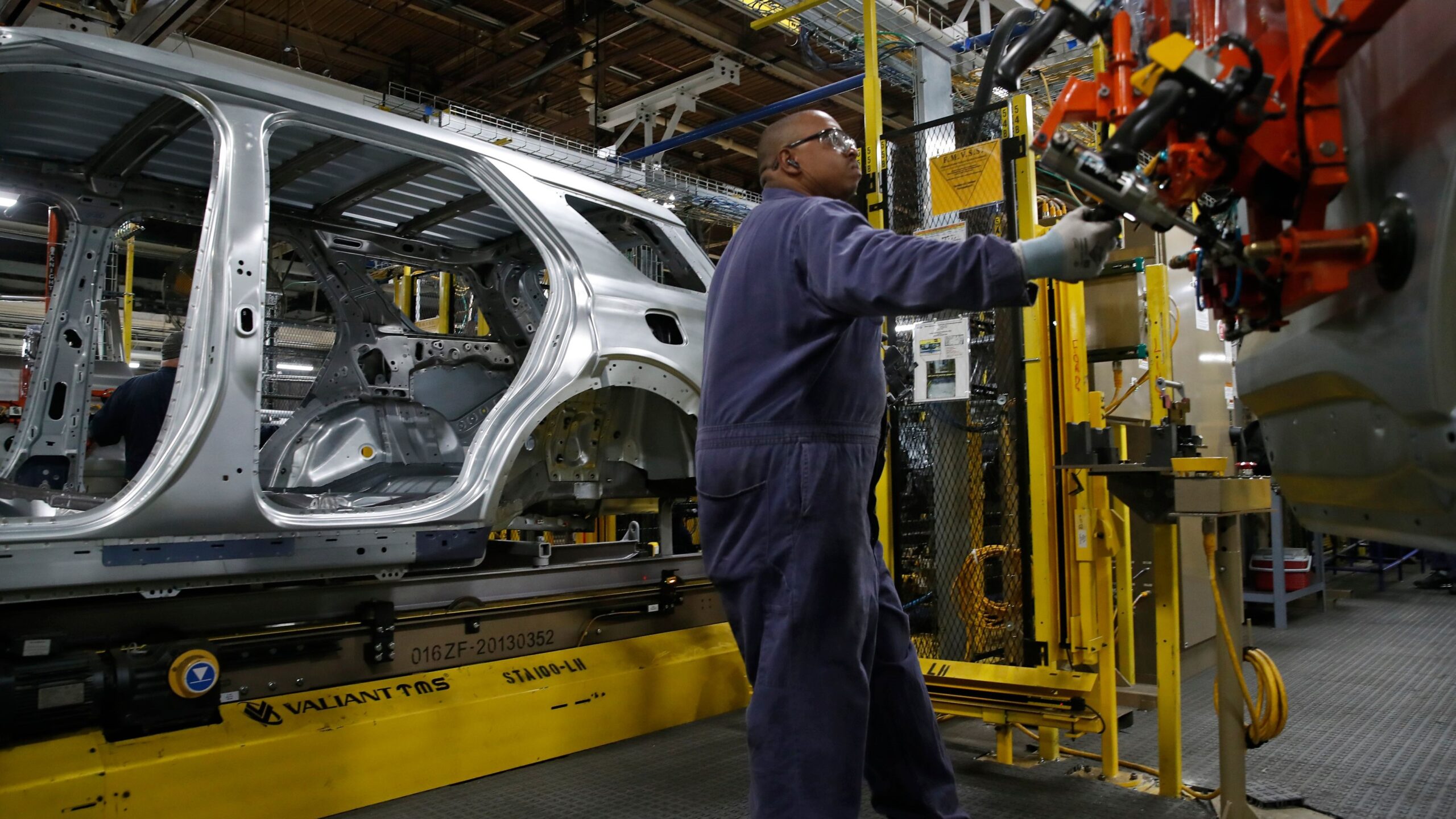Gearing Up for Change: Inside the Transformation of North American Auto Supply Chains

The North American automotive industry stands on the brink of a potential transformation as complex trade tensions threaten to disrupt the intricate manufacturing supply chain spanning the United States, Mexico, and Canada. With restrictive tariffs casting a long shadow over cross-border manufacturing relationships, automakers and suppliers are bracing for significant challenges that could fundamentally reshape regional automotive production.
The interconnected supply networks that have long been the backbone of North American auto manufacturing now face unprecedented pressure. Proposed tariff regulations could potentially fragment existing collaborative frameworks, forcing manufacturers to reevaluate their production strategies and potentially incur substantial additional costs.
Automotive executives and trade experts are closely monitoring the developing situation, recognizing that any substantial trade barriers could trigger a domino effect across the industry. The delicate balance of cross-border manufacturing, which has been carefully cultivated over decades, now hangs in a precarious state of uncertainty.
As stakeholders anxiously await further developments, the potential economic implications extend far beyond the automotive sector, potentially impacting jobs, regional economic stability, and international trade dynamics. The coming months will be critical in determining the future landscape of North American automotive manufacturing.

